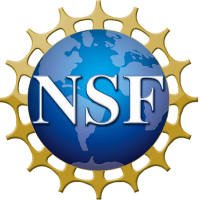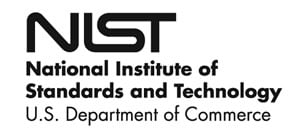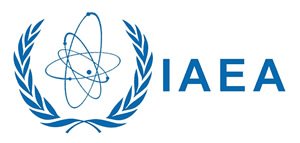RSS feed source: National Science Foundation
Synopsis
The World is facing “all minds needed” problems, but due to historical systemic structures, all minds have not been fully engaged. Recent research shows that science scholars who are underrepresented in STEM produce higher rates of scientific novelty, yet they do not persist in the systems where the innovation is created (Hofstra et al. 2020). Because the geosciences continue to lag other STEM fields in creating a diverse community of researchers, scholars, and practitioners, disruptive strategies and evidence-based practices are needed to recruit and specifically retain individuals who historically have not been included in geoscience education, research and careers.
The National Science Foundation’s (NSF) Directorate for Geosciences (GEO) seeks to support activities that will develop unique approaches or bring to scale current efforts to increase and sustain the inclusion of individuals from diverse backgrounds in the geoscience education and research community. Proposals that
Click this link to continue reading the article on the source website.


